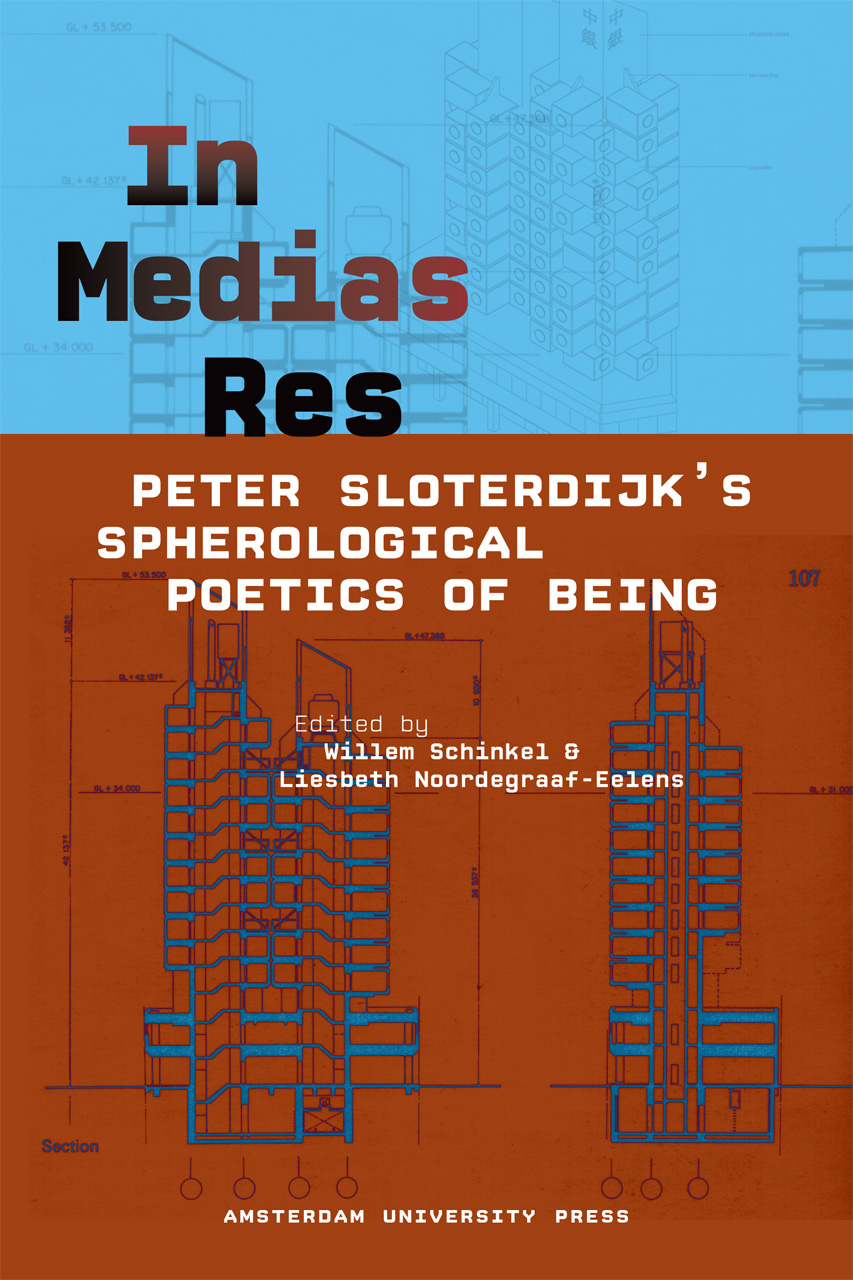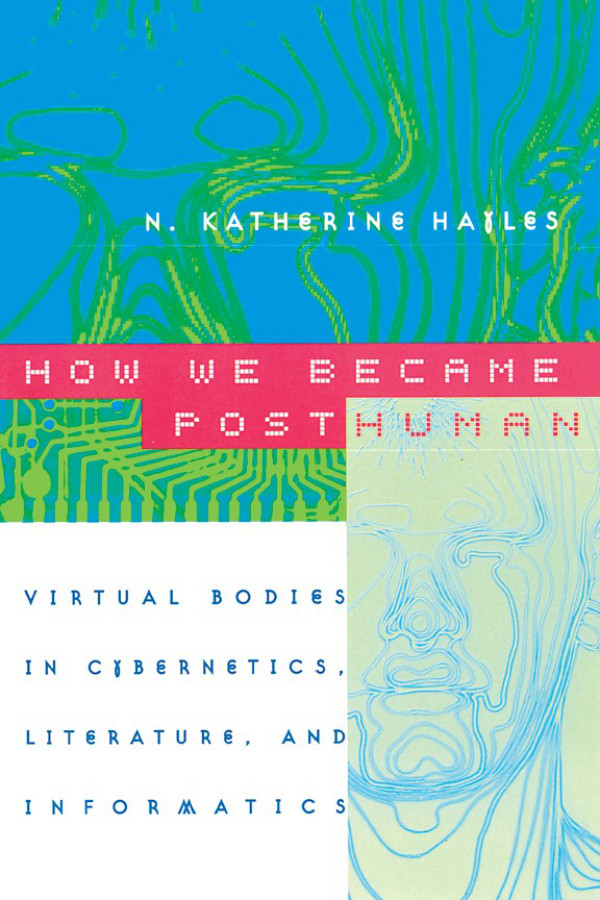Jeffrey Jerome Cohen (ed.): Animal, Vegetable, Mineral: Ethics and Objects (2012)
Filed under book | Tags: · actor-network theory, animal, ecology, ethics, materialism, nature, object, posthumanism, things

Animal, Mineral, Vegetable examines what happens when we cease to assume that only humans exert agency. Through a careful examination of medieval, early modern and contemporary lifeworlds, these essays collectively argue against ecological anthropocentricity. Sheep, wolves, camels, flowers, chairs, magnets, landscapes, refuse and gems are more than mere objects. They act; they withdraw; they make demands; they connect within lively networks that might foster a new humanism, or that might proceed with indifference towards human affairs. Through what ethics do we respond to these activities and forces? To what futures do these creatures and objects invite us, especially when they appear within the texts and cultures of the “distant” past?
Contents: Jeffrey J. Cohen (George Washington University): “Introduction: All Things” – Karl Steel (Brooklyn College): “With the World, or Bound to Face the Sky: The Postures of the Wolf-Child of Hesse” – Sharon Kinoshita (University of California, Santa Cruz): “Animals and the Medieval Culture of Empire” – Peggy McCracken (University of Michigan): “The Floral and the Human” – Kellie Robertson (University of Wisconsin-Madison): “Exemplary Rocks” – Valerie Allen (John Jay College of Criminal Justice): “Mineral Virtue” – Eileen Joy (Southern Illinois University Edwardsville): “You Are Here: A Manifesto” – Julian Yates (University of Delaware): “Sheep Tracks: Multi-Species Impressions” – Julia Reinhard Lupton (University of California, Irvine): “The Renaissance Res Publica of Things” – Jane Bennett (Johns Hopkins University): “Powers of the Hoard: Further Notes on Material Agency”
Response essays: Lowell Duckert, “Speaking Stones, John Muir, and a Slower (Non)humanities” – Nedda Mehdizadeh, “‘Ruinous Monument’: Transporting Objects in Herbert’s Persepolis” – Jonathan Gil Harris, “Animal, Vegetable, Mineral: Twenty Questions”
Publisher Oliphaunt Books, Washington, DC, an imprint of punctum books, May 2012
ISBN 0615625355, 9780615625355
Creative Commons Attribution-NonCommerical-NoDerivs 3.0 Unported License
310 pages
PDF (updated on 2013-10-12)
Comments (3)Willem Schinkel, Liesbeth Noordegraaf-Eelens (eds.): In Medias Res: Peter Sloterdijk’s Spherological Poetics of Being (2011)
Filed under book | Tags: · aesthetics, attention, biopolitics, capitalism, critique, information society, mass media, philosophy, politics, posthumanism, religion, theory

“In recent years, Peter Sloterdijk has become one of Germany’s most influential thinkers. His diverse body of work includes a Heideggerian project to think “space and time,” a Diogenes-inspired affirmation of the body, and a Deleuzian ontology of network-spheres. This highly accessible collection of essays brings together a team of internationally renowned scholars, including Sjoerd van Tuinen, Rudi Laermans, Peter Weibel, and Bruno Latour, to provide a series of critical reflections on Sloterdijk’s oeuvre.”
Publisher Amsterdam University Press, Amsterdam, 2011
Creative Commons Licence BY-NC 3.0 License
ISBN 908964329X, 9789089643292
204 pages
N. Katherine Hayles: How We Became Posthuman: Virtual Bodies in Cybernetics, Literature, and Informatics (1999)
Filed under book | Tags: · android, artificial intelligence, autopoiesis, body, cellular automata, computing, cybernetics, cyborg, epistemology, literature, posthuman, posthumanism, technology, virtual reality

“In this age of DNA computers and artificial intelligence, information is becoming disembodied even as the “bodies” that once carried it vanish into virtuality. While some marvel at these changes, envisioning consciousness downloaded into a computer or humans “beamed” Star Trek-style, others view them with horror, seeing monsters brooding in the machines. In How We Became Posthuman, N. Katherine Hayles separates hype from fact, investigating the fate of embodiment in an information age.
Hayles relates three interwoven stories: how information lost its body, that is, how it came to be conceptualized as an entity separate from the material forms that carry it; the cultural and technological construction of the cyborg; and the dismantling of the liberal humanist “subject” in cybernetic discourse, along with the emergence of the “posthuman.”
Ranging widely across the history of technology, cultural studies, and literary criticism, Hayles shows what had to be erased, forgotten, and elided to conceive of information as a disembodied entity. Thus she moves from the post-World War II Macy Conferences on cybernetics to the 1952 novel Limbo by cybernetics aficionado Bernard Wolfe; from the concept of self-making to Philip K. Dick’s literary explorations of hallucination and reality; and from artificial life to postmodern novels exploring the implications of seeing humans as cybernetic systems.
Although becoming posthuman can be nightmarish, Hayles shows how it can also be liberating. From the birth of cybernetics to artificial life, How We Became Posthuman provides an indispensable account of how we arrived in our virtual age, and of where we might go from here.”
Publisher University of Chicago Press, 1999
ISBN 0226321460, 9780226321462
350 pages
PDF (updated on 2012-7-24)
Comment (0)
